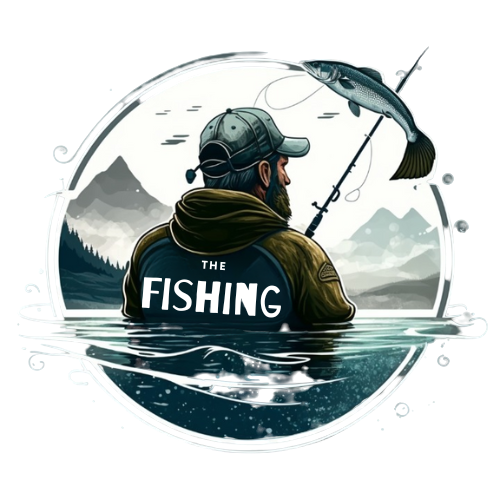Fishing is as much an art as it is a science. And when it comes to trout fishing, the weather plays a pivotal role in determining your success. Trout, being cold-water fish, are highly sensitive to changes in weather and water temperature. This sensitivity directly impacts their feeding habits, making some days perfect for fishing, while others can be challenging.
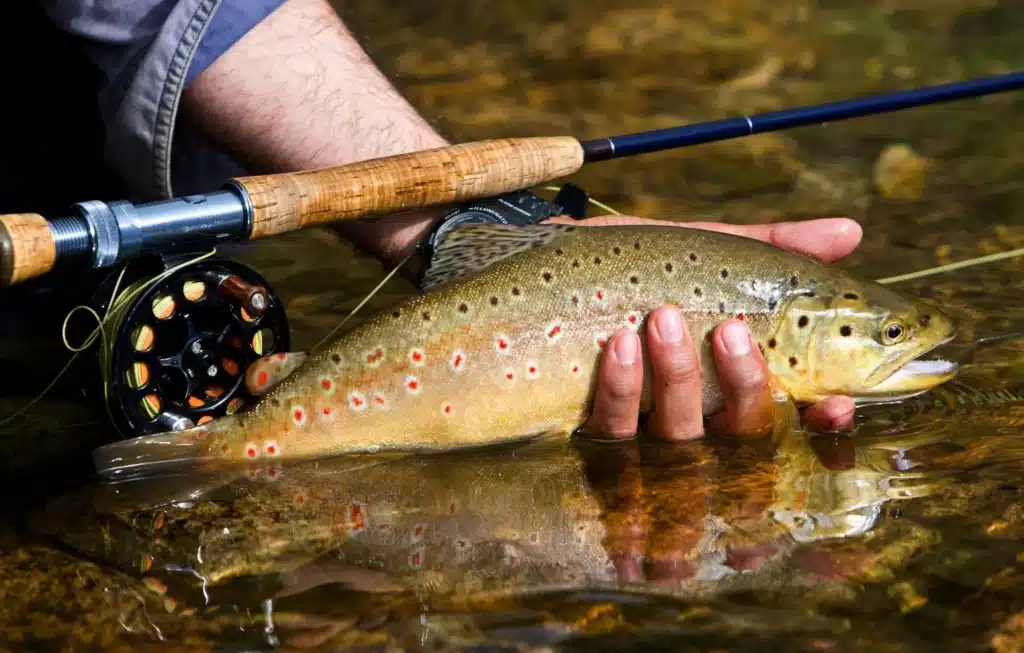
In this comprehensive guide, I’ll delve deep into understanding the best weather conditions for trout fishing.
Table of Contents
The Science Behind Trout and Weather
Why Weather Matters
At the heart of trout fishing lies an understanding of the fish itself. Trout, unlike many other species, are cold-water fish.
This intrinsic characteristic means that their behavior, feeding patterns, and overall activity are deeply influenced by water temperature, which in turn, is affected by the weather.
Trout’s Cold-Water Affinity
Over millennia, trout have evolved to thrive in colder waters. Their physiology, including metabolism, movement, and feeding habits, is optimized for cooler temperatures.
When external factors, like a hot summer day, cause water temperatures to rise, trout can become stressed, less active, and more elusive to anglers.
The Ideal Water Temperatures for Trout Fishing
A seasoned angler knows that understanding the temperature preferences of trout is pivotal.
| Temperature Range (°F) | Trout Activity Level | Angler’s Strategy |
|---|---|---|
| Below 34 | Very Low | Seek deeper waters or fish during warmer parts of the day. |
| 34 – 50 | Moderate | Ideal for early morning or late afternoon fishing. |
| 50 – 68 | High | Prime time for trout fishing; be mindful of overfishing. |
| Above 68 | Low | Consider other fishing spots or target shaded areas. |
This table not only indicates trout activity but also offers strategies for anglers to maximize their chances based on water temperature.
The Role of Seasons in Trout Fishing
Seasonal changes bring about shifts in weather patterns, directly impacting trout behavior and fishing success.
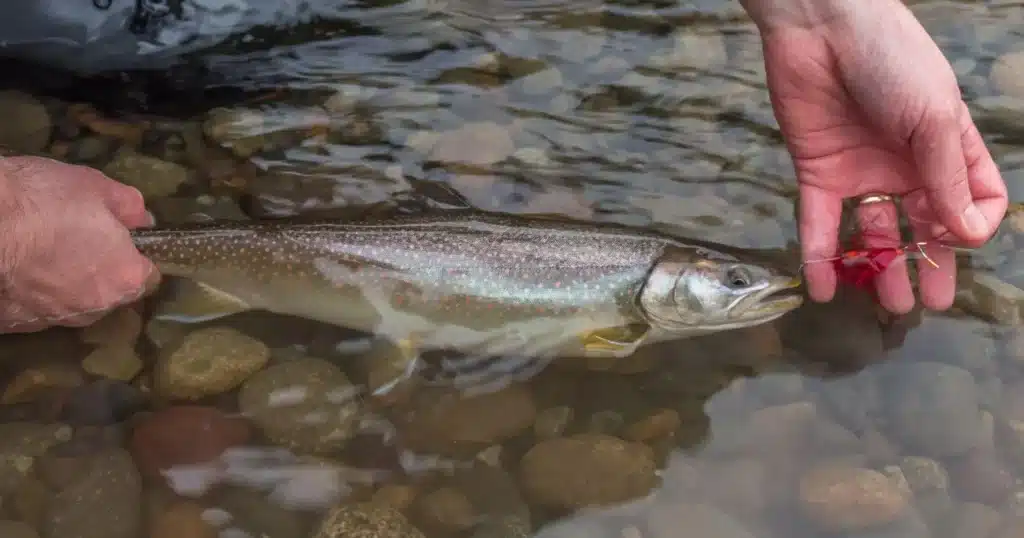
Spring
- Weather: Mild temperatures with occasional showers.
- Trout Behavior: As waters warm up from winter, trout become more active, especially with the onset of insect hatches.
- Tips: Focus on areas with abundant insect activity. Use flies and lures that mimic local insect hatches. Spring is also a great time to experiment with different baits as trout are more explorative.
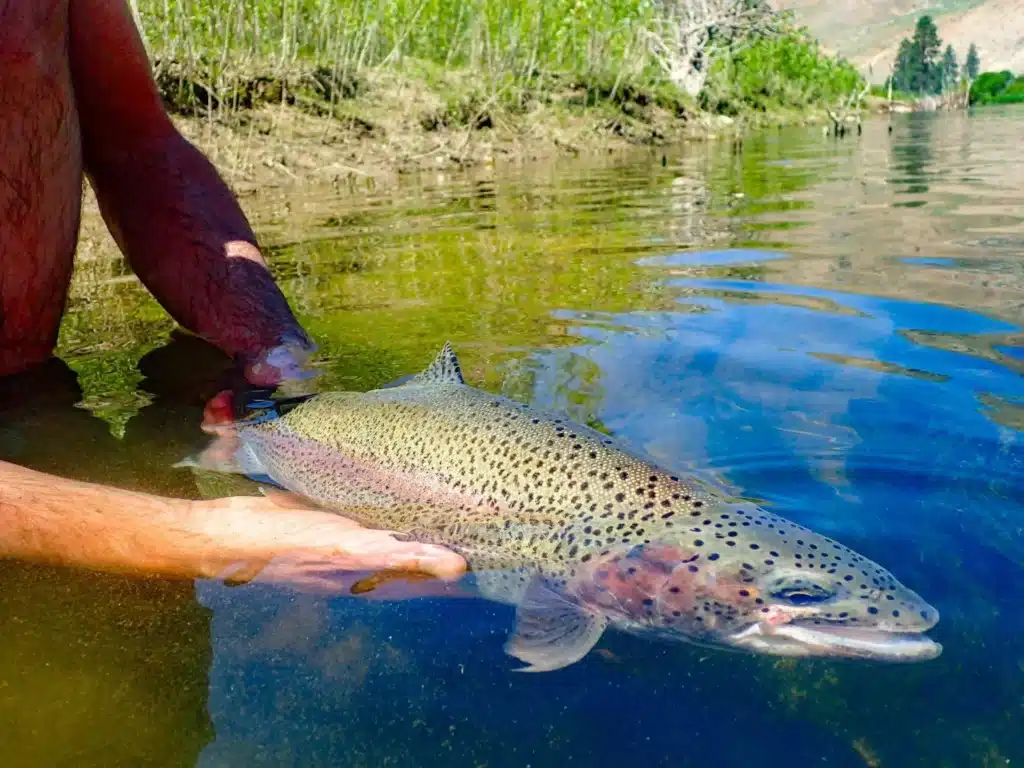
Summer
- Weather: Predominantly hot with longer daylight hours.
- Trout Behavior: With rising water temperatures, trout often seek cooler waters, which are typically deeper in lakes or shaded in streams.
- Tips: Early morning or late evening fishing is ideal. Consider using weighted lures to reach deeper waters. Always stay hydrated and wear sun protection.
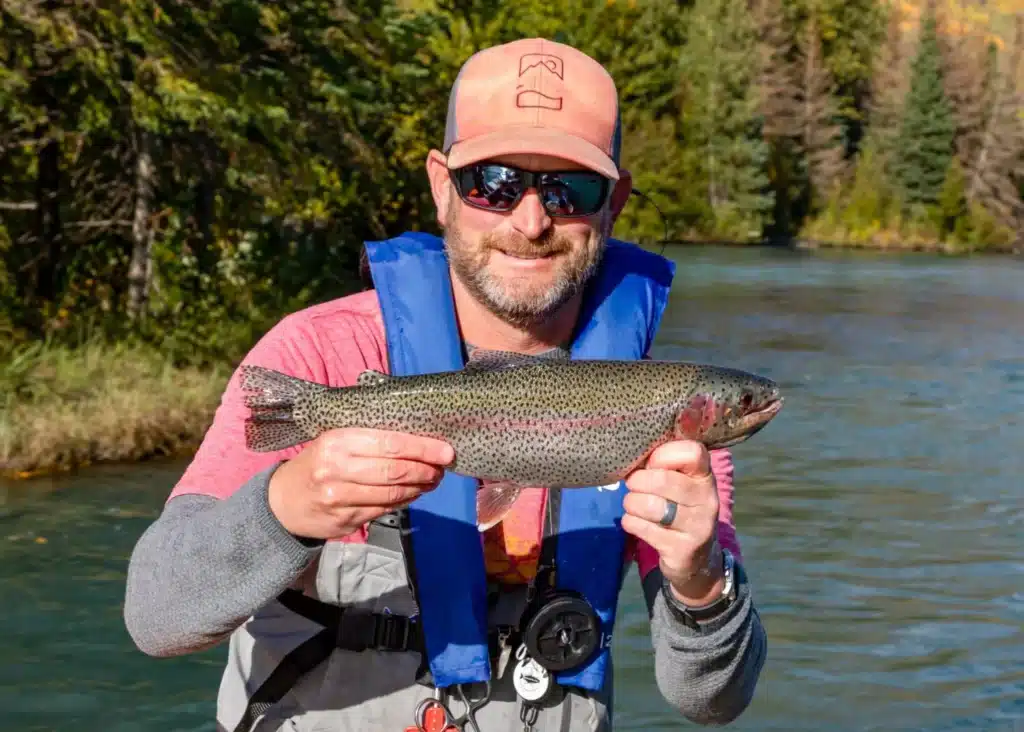
Fall
- Weather: Cooler temperatures with a mix of rain and clear days.
- Trout Behavior: As water temperatures drop, trout become more active, feeding aggressively in preparation for winter.
- Tips: This is a prime season for trout fishing. Use a mix of lures and baits, and consider longer fishing sessions.
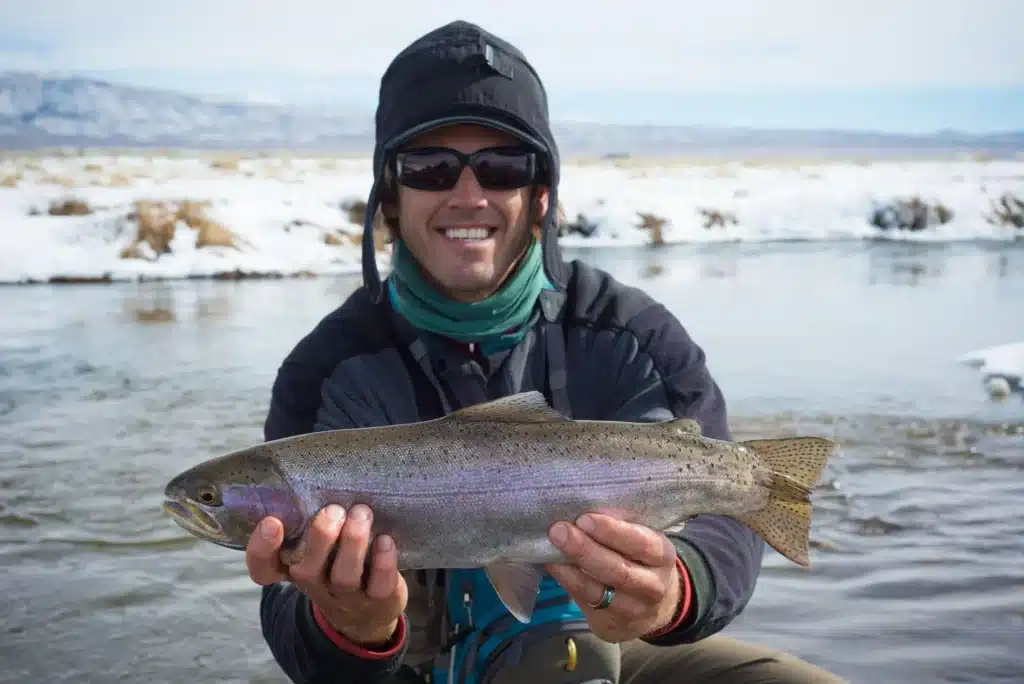
Winter
- Weather: Cold with potential snow or rain.
- Trout Behavior: Trout are less active but can still be caught, especially during warmer parts of the day.
- Tips: Patience is key. Consider using live baits and fishing during mid-day when waters are slightly warmer.
The Influence of Cloud Cover
Clouds, often overlooked, play a significant role in trout fishing.
Why Clouds Can Be Your Best Friend
Cloudy days, though seemingly gloomy, can be a boon for trout fishing. Overcast conditions lead to more uniform light penetration in water, making trout less cautious and more likely to feed.
Benefits of Cloud Cover
- Reduced Visibility: Diminished light makes it harder for trout to spot anglers and their gear.
- Even Light Distribution: The absence of sharp sunlight and shadow contrasts encourages trout to roam and feed.
- Cooler Water Temperatures: Cloud cover can prevent rapid water heating, especially beneficial in summer.
Pro Tip: On overcast days, opt for brighter or more reflective lures. Their shine can attract curious trout.
Other Weather Factors to Consider
Beyond temperature and cloud cover, other weather elements can influence trout behavior.
Rain and Its Impact
Rain, depending on its intensity, can either be a boon or a bane.
Light Rain: Gentle showers can oxygenate water and stimulate insect activity, making it an ideal time for fishing.
Heavy Rain: Intense downpours can make waters murky, but they also wash insects and other food sources into the water, creating potential feeding frenzies for trout.
Post-Rain Strategy: Post-rain conditions can be unpredictable. Look for areas where streams enter larger water bodies. These confluences can be hotspots for feeding trout.
Wind’s Dual Role
Wind, often seen as a challenge, can also be an ally.
Surface Cooling: A gentle breeze can cool the water’s surface, providing relief to trout, especially during hot days.
Food Movement: Wind can push surface food, like insects, into specific areas, concentrating feeding trout.
Barometric Pressure and Trout
The relationship between barometric pressure and trout behavior is a topic of debate among anglers.
Rising Pressure: Some believe that increasing pressure, indicating clear weather ahead, can reduce trout activity.
Falling Pressure: Conversely, a drop in pressure, often preceding a storm, might make trout feed more aggressively.
Tips for Adapting to Different Weather Conditions
Success in trout fishing hinges on adaptability.
Stay Informed: Always check weather forecasts. Modern apps provide hourly updates, helping you plan your fishing sessions.
Diverse Gear: Equip yourself with a range of lures, baits, and fishing techniques. This allows you to adapt to changing conditions.
Observe and Learn: Nature provides clues. Observe insect activity, water currents, and even bird behavior to gauge trout activity.
What is the Best Weather for Trout Fishing?
The best weather for trout fishing is during overcast conditions with cool to moderate water temperatures, typically ranging between 34°F to 68°F. Cloudy days can lead to more active trout, making it an ideal time for anglers.
You may also like to know: Trout Fishing in the Rain: A Guide to Success
FAQs:
What Month is Best for Trout Fishing?
The best month for trout fishing is typically April and May during the spring season, when water temperatures are moderate and insect hatches are abundant, leading to active feeding by trout.
Is Rainy Weather Good for Trout Fishing?
Yes, rainy weather can be good for trout fishing. Light rain oxygenates the water, stimulates insect activity, and can make trout less cautious, increasing their feeding activity.
What Time Do Trout Bite the Most?
Trout bite the most during the early morning and late afternoon. These cooler parts of the day see increased trout activity, especially in areas with abundant food sources.
